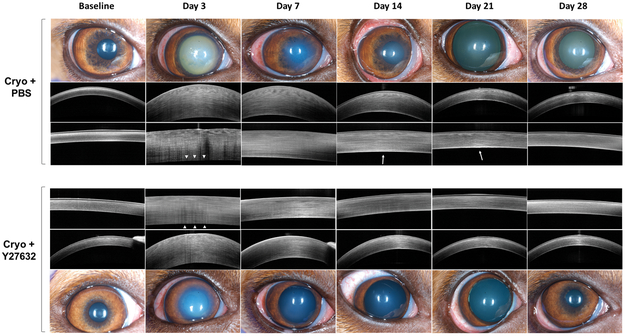Figure 4. The ROCK inhibitor Y27632 enhanced the recovery of corneal transparency and normal thickness following topical application 4 times daily in a canine cryoinjury model.
The central corneal endothelium was removed by transcorneal freezing using an 8 mm steel probe immersed in liquid nitrogen then applied to the cornea of OD for 20 seconds (OS remained unwounded); 10 mM of ROCK inhibitor Y27632 (n = 3 dogs) or PBS control (n = 3 dogs) was applied topically to both eyes 6 times daily for 7 days after cryoinjury, then 4 times for the remaining 49 days. Corneal transparency and structure were assessed using color photography and FD-OCT, respectively, and representative images are shown over time. All eyes that underwent cryoinjury showed marked corneal edema with increased CCT with Y27632 promoting a faster restoration of normal corneal transparency and thickness. At day 3, the endothelial reflectivity was not observed in both Cryo+PBS and Cryo+Y27632 groups (white arrow heads), however was re-established by day 7 in both groups. Persistence of a thick DM-endothelial complex thickness was observed in the Cryo+PBS group at days 14 and 21 (white arrows).

